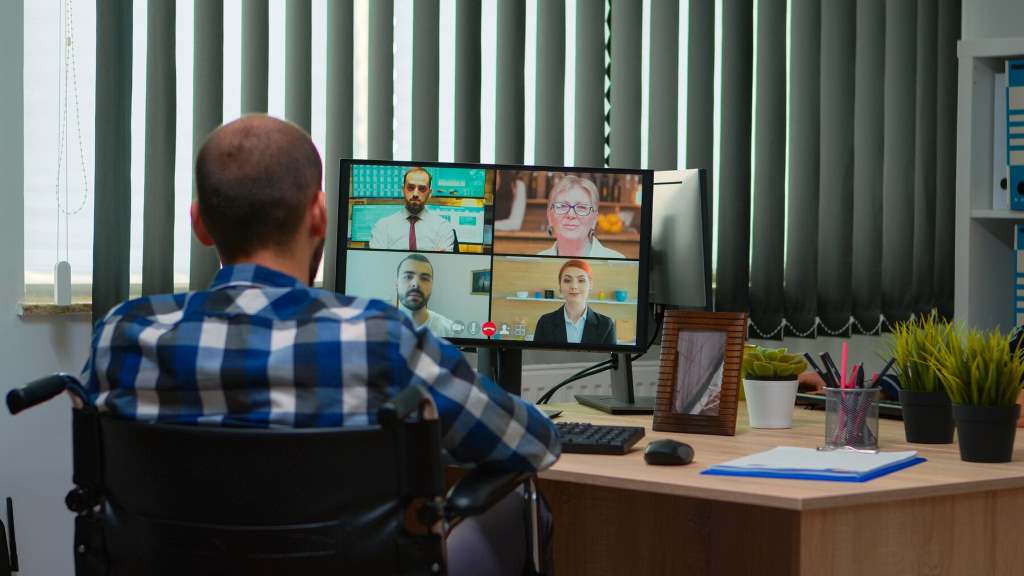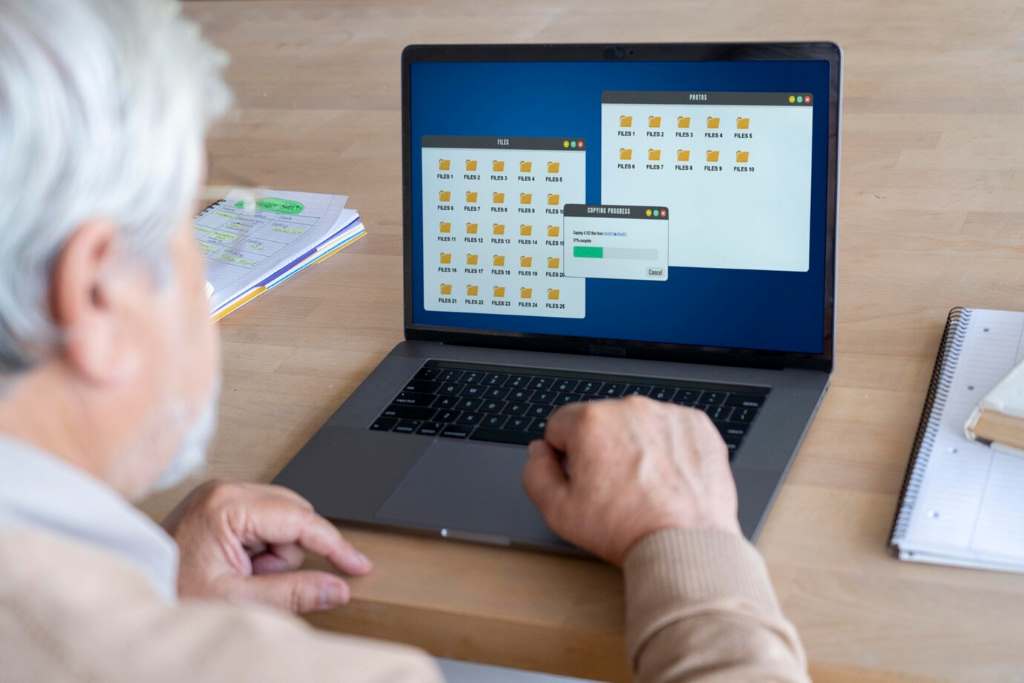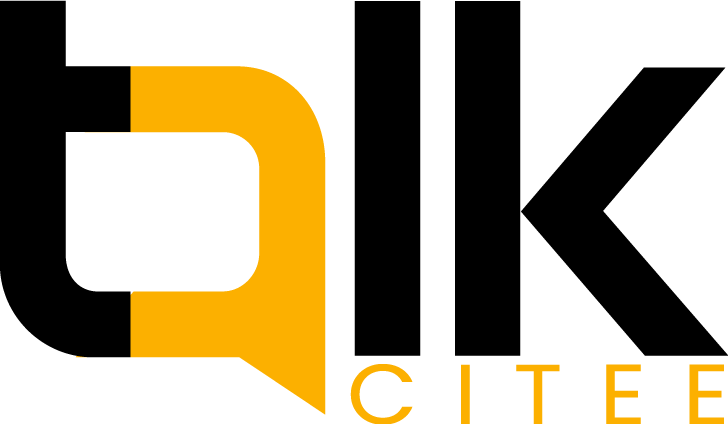
How to Manage Time Zones in Remote Teams: 10 Strategies
Managing time zones in remote teams can feel like juggling clocks in a circus. As the world shrinks and remote work grows, teams spread across continents face unique challenges. Misaligned schedules can lead to missed meetings, delayed projects, or frustrated colleagues. However, with thoughtful strategies, you can turn time zone chaos into a symphony of collaboration. This blog post shares 10 unique, actionable tips to manage time zones in remote teams. Drawing from personal experience and credible research, these strategies will empower you to foster productivity and connection. Whether you’re a team leader or a remote worker, mastering time zones is key to success.
In 2020, I joined a remote team spanning New York, London, and Sydney. Coordinating meetings felt like solving a puzzle. Yet, through trial and error, I learned techniques that transformed our workflow. According to a 2023 Buffer study, 91% of remote workers value flexible schedules, but 44% struggle with time zone overlaps. This post blends storytelling, data, and practical advice to guide you. Let’s dive into 10 unique strategies to manage time zones effectively.
Embrace Asynchronous Communication
Asynchronous communication is a game-changer for remote teams. Unlike real-time meetings, it allows team members to contribute on their own schedules. Emails, project management tools, and recorded videos let everyone stay updated without being online simultaneously. This approach respects individual time zones and boosts productivity.
In my team, we used Slack for async updates and Trello for task tracking. This reduced the need for late-night calls. A 2022 study by Owl Labs found that 78% of remote workers prefer asynchronous communication for flexibility. To implement this, set clear deadlines and use tools like Loom for video updates. Encourage concise messages to avoid confusion. Transitioning to async workflows takes time, but it fosters inclusivity and efficiency across time zones.

Use Time Zone Management Tools
Time zone tools simplify scheduling across borders. Apps like World Time Buddy or Every Time Zone display multiple time zones at once, helping you find meeting slots that work for everyone. These tools eliminate guesswork and reduce scheduling errors.
During my team’s early days, we relied on World Time Buddy to align our calendars. It saved us from countless email chains. Statista reports that 65% of remote teams use scheduling tools to manage time zones. To get started, choose a tool and share its link with your team. Set a rule to check time zones before proposing meetings. Additionally, integrate tools like Calendly for seamless booking. These small steps create big wins in coordination.
Establish a Shared Team Calendar
A shared calendar is a visual anchor for remote teams. It displays key deadlines, meetings, and holidays across time zones. Google Calendar or Microsoft Teams can centralize this information, ensuring everyone stays on the same page.
In my experience, our shared Google Calendar was a lifesaver. It highlighted when teammates in Sydney were off for Australia Day, preventing scheduling mishaps. A 2021 Harvard Business Review study noted that teams with shared calendars report 30% fewer scheduling conflicts. To set this up, invite all members to a cloud-based calendar. Color-code events by time zone and include local holidays. Regularly update it to reflect changes. This practice builds transparency and respect for diverse schedules.
Rotate Meeting Times Fairly
Fairness in scheduling builds trust in remote teams. Rotating meeting times ensures no one consistently takes early morning or late-night calls. This approach shows respect for everyone’s work-life balance.
Our team rotated meetings between 8 AM EST and 8 PM AEST to share the burden. It wasn’t perfect, but it felt equitable. According to a 2023 Gallup survey, 67% of remote workers value fair scheduling practices. To implement this, map out time zones and create a rotation schedule. Use polls to gather preferences and adjust as needed. Communicate the plan clearly to avoid surprises. Fair rotation fosters goodwill and keeps everyone engaged.
Set Clear Communication Windows
Defined communication windows streamline interactions. These are specific hours when team members are expected to be available for quick responses or meetings. This balances flexibility with accountability.
We set a 2-hour overlap from 10 AM to 12 PM GMT as our window. It worked for most time zones. A 2022 McKinsey report found that clear communication windows improve team efficiency by 25%. To establish this, identify overlapping hours using a time zone tool. Agree on response times (e.g., 24 hours for emails). Document these expectations in a team handbook. This structure minimizes delays and keeps projects moving smoothly.
Leverage Flexible Work Hours
Flexible hours empower team members to work when they’re most productive. Instead of rigid 9-to-5 schedules, allow individuals to adjust their hours based on time zones and personal needs.
In my team, our Sydney colleague started at 7 AM local time, while I worked later in New York. This flexibility boosted our output. Buffer’s 2023 report states that 73% of remote workers feel more productive with flexible schedules. To adopt this, discuss preferences during onboarding. Use tools like Toggl to track hours if needed. Encourage open dialogue about workload and availability. Flexibility enhances satisfaction and performance across time zones.
Record Meetings for Accessibility
Recording meetings ensures no one misses critical updates due to time zone conflicts. Video recordings or detailed minutes allow absent members to catch up at their convenience.
We recorded our weekly syncs using Zoom, sharing links via Slack. This practice saved time and reduced follow-up questions. A 2021 Gartner study found that 82% of remote teams use recordings to improve accessibility. To implement this, choose a reliable platform like Zoom or Microsoft Teams. Assign someone to take notes or use transcription tools like Otter.ai. Share recordings promptly with clear timestamps. This approach keeps everyone informed and engaged.
Foster a Time-Zone-Aware Culture

A time-zone-aware culture prioritizes empathy and inclusion. It encourages team members to consider colleagues’ schedules and respect their boundaries. This mindset strengthens team cohesion.
Our team created a Slack channel to share local holidays and time zone tips. It built camaraderie. According to a 2023 SHRM study, 70% of remote workers feel valued in inclusive cultures. To foster this, educate your team about time zone challenges during onboarding. Celebrate diversity through virtual events. Encourage open feedback about scheduling issues. A supportive culture turns time zone differences into a strength.
Use Automated Reminders
Automated reminders keep everyone aligned across time zones. Tools like Slack bots or Google Calendar notifications prompt team members about upcoming meetings or deadlines, reducing no-shows.
We used Slack’s Reminder Bot to nudge us about meetings. It was a small tweak with big impact. A 2022 Asana study found that automated reminders cut missed deadlines by 40%. To set this up, integrate a bot or calendar tool with your team’s platform. Customize reminders to include time zone details. Test the system to ensure accuracy. Automation saves time and keeps projects on track.
Conduct Regular Feedback Sessions
Feedback sessions help refine time zone management. Regular check-ins allow team members to voice challenges and suggest improvements, ensuring strategies stay effective.
We held monthly feedback calls to tweak our processes. It kept us adaptable. A 2023 Deloitte study noted that teams with regular feedback loops are 35% more productive. To start, schedule quarterly or monthly sessions. Use anonymous surveys for honest input. Act on feedback to show commitment. This practice builds trust and optimizes collaboration across time zones.
Conclusion
Managing time zones in remote teams is a challenge worth conquering. With these 10 unique strategies, you can transform logistical hurdles into opportunities for growth. From asynchronous communication to feedback sessions, each tip fosters collaboration and respect. My experience with a global team taught me that empathy and tools are the keys to success. By embracing these practices, you’ll create a productive, inclusive environment where everyone thrives.
FAQs
How do time zones affect remote team productivity?
Time zone differences can delay communication and cause scheduling conflicts. Using asynchronous tools and clear communication windows boosts efficiency.
What tools are best for managing time zones?
World Time Buddy and Calendly are top choices. They simplify scheduling and display time zones clearly for seamless coordination.
How can I ensure fair meeting times for all team members?
Rotate meeting times across time zones. Use polls to gather preferences and communicate the schedule to maintain fairness.
Why is asynchronous communication important for remote teams?
It allows flexibility, letting team members contribute on their own schedules. This reduces time zone-related stress and improves inclusivity.
How often should remote teams review time zone strategies?
Quarterly feedback sessions work well. They help identify issues and adapt strategies to keep collaboration smooth and effective.


